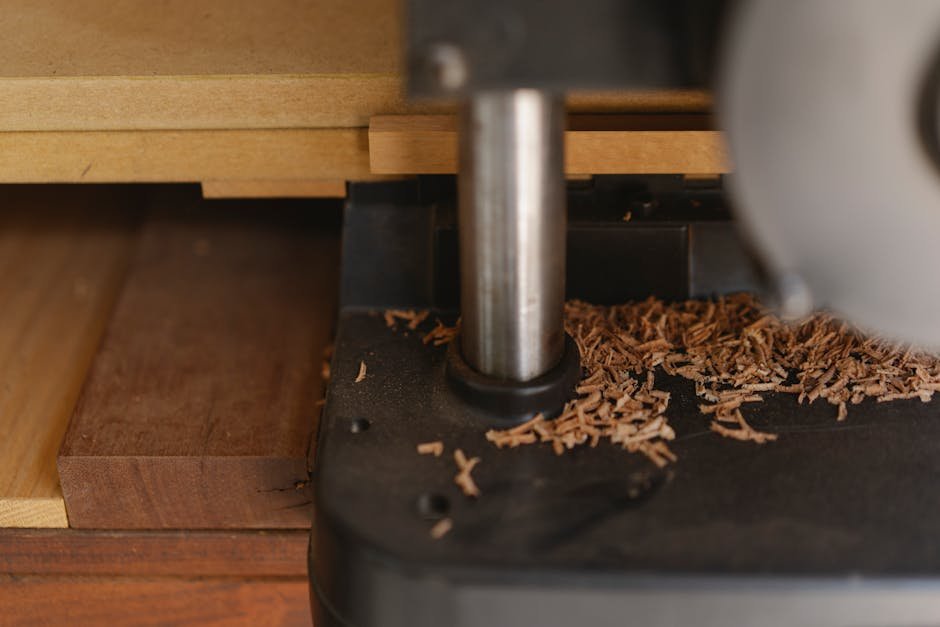The Art of Crafting Steel Gates: A Behind-the-Scenes Look at Precision Metalwork
Introduction to Steel Gates
Steel gates are a popular choice for both security and aesthetic appeal in many homes and businesses. These gates are crafted from durable steel, providing a strong barrier against intruders. Steel gates come in a variety of designs, from simple and sleek to intricate and ornate. They can be custom-made to fit any size or style of property. Steel gates are often powder-coated to protect against rust and corrosion, ensuring long-lasting durability.
Importance of Precision in Metalwork
Precision in metalwork is crucial to ensure the quality and durability of steel gates. Accurate measurements and meticulous attention to detail are essential in crafting gates that fit perfectly and function flawlessly. Without precision, the gates may not align correctly, leading to potential issues like difficulty in opening and closing, or even compromising the security of the property. Attention to precision guarantees that each component is crafted to exact specifications, resulting in a final product that not only looks impressive but also performs effectively for years to come.
Materials Used in Crafting Steel Gates
Crafting steel gates involves using various materials like steel, wrought iron, and aluminum. Steel is the most common material due to its durability and strength. Wrought iron is favored for its intricate designs, while aluminum provides a lightweight option. Each material has its advantages, so the choice depends on the desired look and function of the gate.
Design and Fabrication Process
Designing and crafting steel gates involves creating a blueprint for the gate's look and structure. Fabrication is the process of shaping and assembling the raw materials, like steel, into the final gate. Skilled artisans use tools like welders and grinders to shape and weld the steel pieces together. The gate is then polished and finished to achieve a sleek and durable look. This detailed process ensures that each steel gate is carefully crafted to perfection, combining functionality with artistic design.
Techniques for Ensuring Durability
To make steel gates last longer, proper maintenance is essential. Here are some methods to ensure durability: Weld the joints correctly to prevent weak spots. Apply a protective coating to prevent rust and corrosion. Regularly inspect for signs of wear and tear and act promptly to address any issues. Use quality materials that can withstand weather conditions. Proper installation is key to the gate's longevity.
Customization Options for Steel Gates
Steel gates offer a plethora of customization options to suit your preferences. Here's what you can customize:
Design: Choose from various patterns, styles, and shapes to match your aesthetic.
Size: Tailor the dimensions to fit the specific area where the gate will be installed.
Finish: Opt for different finishes such as powder coating, painting, or galvanizing to enhance durability and appearance.
Add-ons: Incorporate elements like decorative accents, intricate scrollwork, or personalized monograms to make your steel gate unique to you.
Additions and Features for Enhanced Security
When considering enhancing the security of your steel gates, you can opt for additional features like electronic access control systems, security cameras, and motion sensors. These add-ons provide increased protection against unauthorized access and improve monitoring capabilities. Reinforced hinges and locks also bolster the gate's strength, making it more resilient to tampering. Implementing these security enhancements ensures a robust defense mechanism for your property.
Installation and Maintenance Tips
Steel gates are durable structures that require proper installation and regular maintenance to ensure longevity. Here are some key tips to keep in mind:
Installation: Ensure that the gate is installed on a solid foundation to prevent shifts or misalignments over time. It's crucial to follow the manufacturer's guidelines for proper installation.
Regular Maintenance: Regularly inspect the gate for any signs of wear or damage, such as rust or loose components. Lubricate moving parts to prevent friction and ensure smooth operation.
Cleaning: Clean the gate regularly to remove dirt, dust, and debris that can cause corrosion. Use a mild detergent and water to clean the surface thoroughly.
Repairs: Promptly address any issues with the gate, such as loose hinges or damaged sections. Consult a professional if the repairs are beyond your expertise.
Weather Protection: Consider applying a protective coating to the gate to shield it from the elements and prevent rusting. Reapply the coating as needed to maintain its effectiveness.
Showcase of Artistic Steel Gate Designs
Artistic steel gates come in various captivating designs, showcasing the craftsmanship and creativity in precision metalwork. These gates are more than just functional barriers; they add a touch of elegance and style to any property. Intricate patterns, elegant curves, and unique embellishments are common features in these steel gate designs, transforming them into true works of art that enhance the aesthetic appeal of the surrounding area.
Conclusion and Future Trends in Metalwork
As we wrap up our exploration into the world of metalwork, it's clear that the art of crafting steel gates is a blend of skill, precision, and creativity. Looking ahead, here are some future trends to keep an eye on in the field of metalwork:
Increased use of automation and robotics to enhance efficiency
Growing popularity of eco-friendly materials in metalwork
Integration of technology such as 3D printing for intricate designs
Emphasis on custom and personalized metalwork for unique projects
These emerging trends are set to shape the future of metalwork, opening new avenues for innovation and creativity in the industry.
